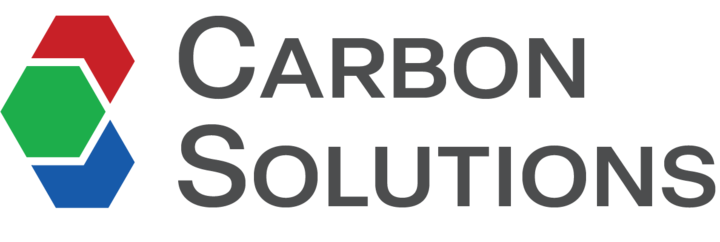Project overview
The Negative CO₂ Emission Transition Roadmap (NECTAR) was developed as a decision support tool to facilitate the strategic deployment of Direct Air Capture with Carbon Storage (DACCS) and other carbon dioxide removal (CDR) technologies.
As industries and policymakers increasingly focus on decarbonization, NECTAR provides a quantitative framework for evaluating hybrid energy systems and negative emissions strategies. Funded by the U.S. Department of Energy’s Small Business Innovation Research (SBIR) program, the project aimed to enhance investment planning for carbon removal, ensuring that DACCS deployment is cost-effective, geographically optimized, and socially responsible. Phase I of NECTAR focused on developing the core modeling framework, while Phase II expands its capabilities, incorporating advanced modeling, commercialization strategies, and community engagement.
Phase I: Development and Proof of Concept
During Phase I, NECTAR established a minimum viable product (MVP), demonstrating the feasibility of a geospatial decision-support system for CDR site selection and energy system integration. The project team developed hybrid energy DACCS system simulations using the Institute for the Design of Advanced Energy Systems (IDAES) framework, enabling process-level modeling of different DACCS configurations. Additional analyses included regional CO₂ transport and storage infrastructure modeling with SimCCSᴾᴿᴼ and energy system modeling using REGEN to assess future DAC deployment scenarios. A market research study was conducted, involving 28 stakeholder interviews to refine NECTAR’s functionality and commercial potential. Key findings indicated a robust siting tool that integrates environmental, economic, and regulatory factors into decision-making would provide value to utilities, CDR providers, and policymakers.
Phase II: Expansion and Commercialization
Building on Phase I, Phase II enhances NECTAR’s technical, commercial, and social integration capabilities. A nationwide database is being developed to expand NECTAR’s modeling coverage and provide state-by-state assessments of CDR feasibility. Advanced IDAES modeling will now include low- and high-temperature DAC, assessing various carbon-neutral energy sources such as geothermal, concentrated solar, and heat pumps. The project will also conduct a life-cycle assessment (LCA) and techno-economic analysis (TEA) to determine the Levelized Cost of Carbon Removal (LCOR) for different hybrid energy system configurations. A community impact framework is being incorporated to evaluate social acceptance and regional co-benefits of CDR deployment. Additionally, the project is developing cloud-based software with an interactive graphical user interface (GUI) and API access, facilitating broader industry adoption.
Long-Term Impact and Industry Integration
NECTAR is poised to become a nationally recognized decision-support tool for carbon removal strategy development. By integrating technical, economic, and social insights, the tool will support policymakers, CDR developers, and environmental planners in making data-driven decisions about carbon removal deployment. The publications from this work will validate the approach’s ability to identify optimal locations for large-scale DAC hubs, ensuring that future CDR investments are economically viable, environmentally sustainable, and socially acceptable. Through these efforts, NECTAR is advancing the United States’ ability to achieve net-zero emissions, providing a replicable model for global carbon management strategies.
Timeline
2022-2025
